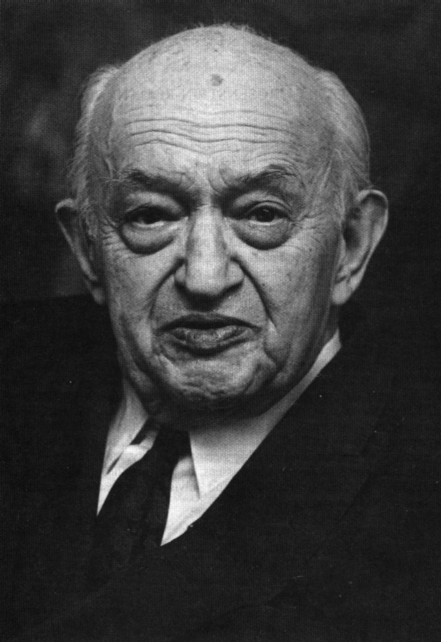| Profile | Major Works | Resources |
Paul N. Rosenstein-Rodan, 1902-1985

The Polish-born Paul Narcyz Rosenstein-Rodan was trained in the Austrian tradition at Vienna. Rosenstein-Rodan's early contributions to economics were in pure economic theory - on marginal utility, complementarity, hierarchical structures of wants and the ever-Austrian issue of time. From 1930, Rosenstein-Rodan was (along with Morgenstern) the editor of the Austrian journal Zeitschrift für Nationalökonomie.
Rosenstein-Rodan emigrated to Britain in 1930. He taught at UCL from 1934 and then at the L.S.E. until 1947.
Rosenstein-Rodan's famous 1943 article was the progenitor of the "Big Push" theory of economic development. His thesis, based on Young's famous 1928 paper, argued that given increasing returns to scale, government-induced industrialization was possible to break the poverty traps in underdeveloped countries. Lack of domestic markets marred the incentive for a sector to mechanize by itself, and consequently there was a low likelihood that industrialization could be pulled by a single leading sector. But coordinated investment in various sectors were undertaken simultaneously, they would generate markets for each other. These demand spillovers would produce increasing returns and launch into self-sustained growth. Rosenstein- Rodan's later work exhibited his continued concern with the issues of industrialization and development.
Rosenstein-Rodan moved to the World Bank in 1947. From 1952 to 1968, Rosenstein-Rodan was a professor at M.I.T.. He subsequently moved to Texas in 1968 and then Boston University in 1972.
|
Major Works of Paul N. Rosenstein-Rodan
|
|
HET
|
|
Resources on Paul Rosenstein-Rodan
|
All rights reserved, Gonçalo L. Fonseca
